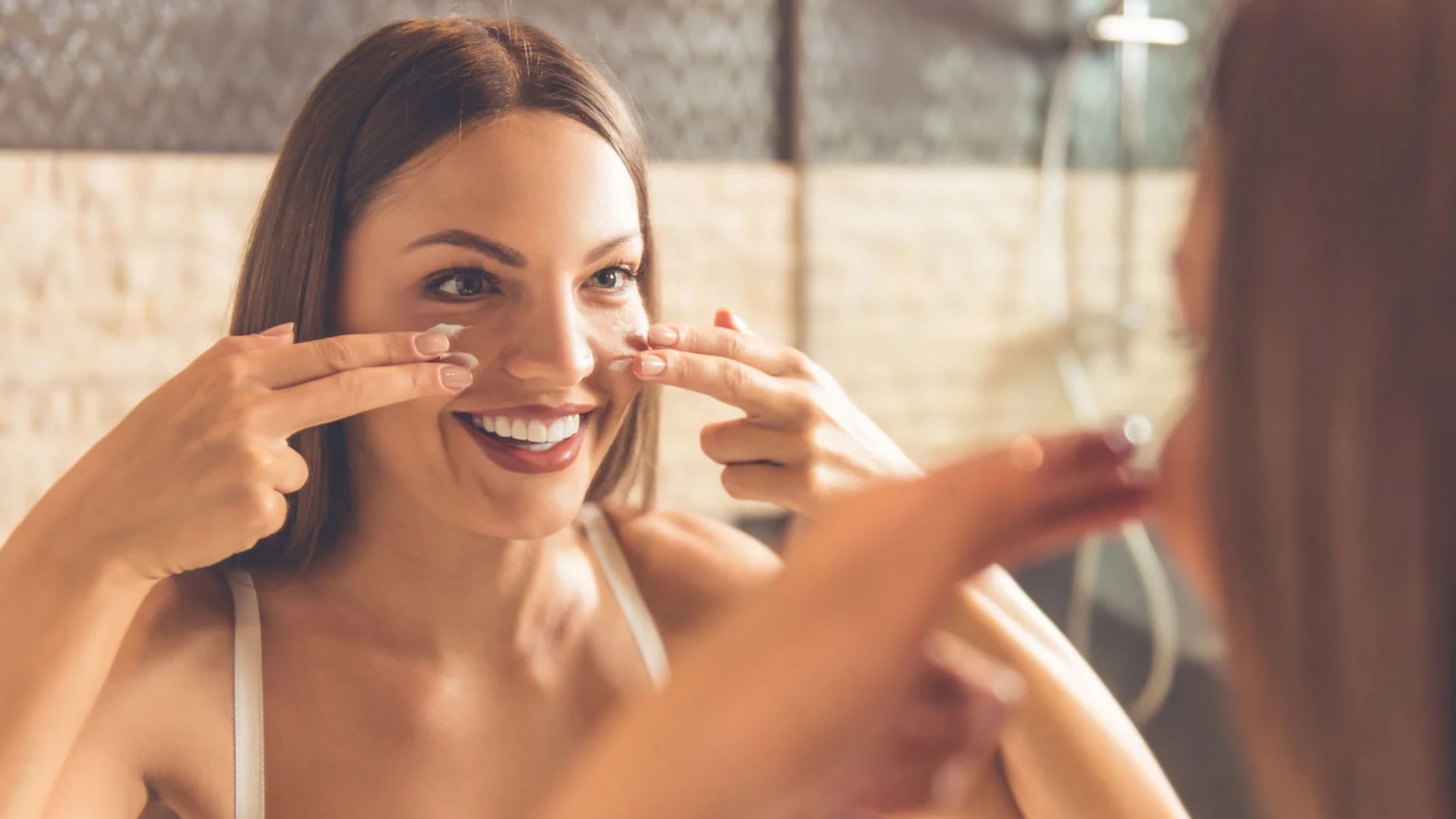Milia are small, harmless cysts that often appear as tiny white or yellowish bumps on the skin. While they are usually not a cause for concern, they can be bothersome for some individuals, especially when they appear on highly visible areas like the face. In this blog post, we will explore the best treatment options available for milia, focusing on safe and effective approaches to help you achieve smoother, clearer skin.
Also Read: Boost Energy Naturally: WellHealthOrganic Vitamin B12
Understanding Milia
Before delving into treatments, it’s important to understand what milia are and why they form. Milia occur when dead skin cells become trapped in small pockets near the skin’s surface. This can happen due to various reasons, including damage to the skin, heavy use of certain skincare products, or even as a result of genetic predisposition.
Treatment Options for Milia
- Topical Retinoids
Topical retinoids, derived from Vitamin A, are known for their exfoliating properties. They work by increasing cell turnover, which helps to unclog pores and prevent new milia from forming. However, it’s crucial to use them under the guidance of a dermatologist, as they can cause skin irritation if not used correctly.
- Exfoliation
Gently exfoliating the skin can help remove dead skin cells and prevent milia from forming. However, it’s essential to use mild exfoliants, as harsh scrubs can exacerbate the issue. Chemical exfoliants like alpha hydroxy acids (AHAs) or beta hydroxy acids (BHAs) can also be effective in promoting gentle exfoliation.
- Lancing or Extraction
For persistent milia, a dermatologist may perform a minor procedure to extract the cysts. This should only be done by a trained professional to minimize the risk of scarring or infection.
- Microdermabrasion
Microdermabrasion involves using a machine to exfoliate the outer layer of the skin. It can be effective in removing dead skin cells and helping to prevent milia. Again, it’s important to have this procedure done by a licensed professional.
- Cryotherapy
Cryotherapy involves freezing the milia with liquid nitrogen, causing them to fall off. This treatment is generally safe and effective when performed by a skilled dermatologist.
- Avoiding Comedogenic Products
Using non-comedogenic skincare and makeup products can help prevent the buildup of dead skin cells and reduce the likelihood of new milia forming.
- Professional Chemical Peels
Chemical peels performed by trained professionals can help exfoliate the skin and improve its texture, potentially reducing the appearance of milia.
Conclusion
Dealing with milia can be frustrating, but with the right approach, they can be effectively managed. It’s important to consult a dermatologist for proper diagnosis and guidance on the best treatment options for your specific situation. Additionally, patience is key, as consistent and gentle care will yield the best results. Remember, always prioritize the health and integrity of your skin when considering any treatment options.
Frequently Asked Questions (FAQs)
Q 1: What Causes Milia to Form?
Answer: Milia form when dead skin cells become trapped near the skin’s surface. This can happen due to factors such as skin damage, heavy use of certain skincare products, or genetic predisposition. It’s important to note that milia are not caused by bacteria or oil, which distinguishes them from traditional acne.
Q 2: Can I Pop or Squeeze Milia at Home?
Answer: It’s strongly advised against trying to pop or squeeze milia at home. Unlike acne, milia are not caused by trapped bacteria, so attempting to squeeze them can lead to skin irritation, redness, and potentially scarring. If you’re concerned about milia, consult a dermatologist for safe and effective treatment options.
Q 3: Are There Any Risk Factors for Developing Milia?
Answer: While milia can occur in individuals of all ages, they are more common in newborns due to underdeveloped sweat glands. In adults, certain factors like using heavy, occlusive skincare products or having a history of sun damage can increase the likelihood of milia formation.
Q 4: How Long Does It Take to See Improvement with Treatment?
Answer: The timeline for improvement with milia treatment can vary depending on the chosen approach and individual factors. Some treatments, like topical retinoids or exfoliation, may show results in a few weeks to a couple of months. Procedures performed by dermatologists, such as extraction or cryotherapy, may yield faster results, but it’s important to follow post-treatment care instructions for optimal healing.


























